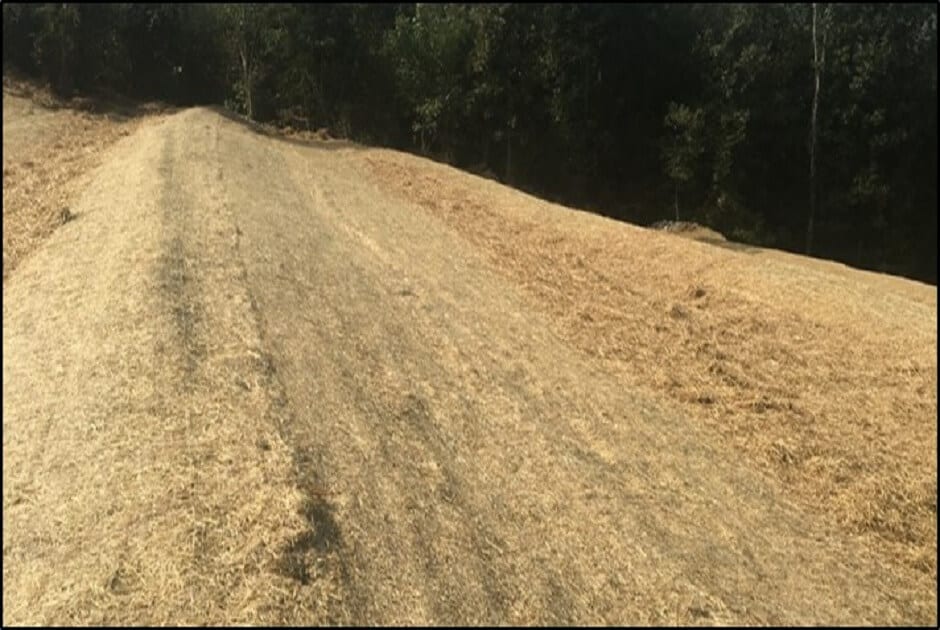If you are planning to install a new pipeline, consider which pipeline erosion control measures need to be taken. Planning for pipeline erosion control measures before you begin your project could prevent costly delays before, during, and after project completion. One common pipeline erosion control tool is an interceptor dike.
What Are Interceptor Dikes?
Interceptor dikes, or waterbars, are ridges of compacted soil designed to prevent runoff. They are particularly beneficial in areas where pipelines are susceptible to such erosion, such as hillsides. Interceptor dikes are used to better control the area where runoff will occur.
What to Look For
When using interceptor dikes as a measure of pipeline erosion control, Submar is on the lookout for vulnerable, unprotected areas where it might be challenging to control runoff. Most likely, this will be an upslope at a construction site that sits above the disturbed area.
The interceptor dike is installed across the disturbed slope horizontally. This significantly reduces the amount of runoff that occurs on the hill. Additionally, by placing the interceptor dike at the bottom of a slope, it can collect water from a disturbed area and redirect it. Typically, runoff should be redirected to a sediment Best Management Practice (BMP) area, like a sediment trap or sediment pond.
Design Specifications
One of the design specifications to consider before installing an interceptor dike is the fact that the surrounding channels must first be stabilized with vegetation. This can be done with either temporary or permanent plants.
To accomplish this, companies may want to consider using Submar concrete mats. These mats are designed explicitly to control runoff and to allow vegetation to take hold. Submar concrete mats have slots in them that enable plants to grow through. The mats are a cost-effective solution that, when coupled with interceptor dikes, could reduce the risk of runoff and pipeline exposure.
Case Study: Cleveland, Ohio
The Port of Cleveland in Ohio sits on a lakefront and accounts for more than $3.5 billion in economic revenue annually for the region. The city recently faced a problem because the dikes that they had installed previously were now near capacity due to an influx of contaminated sediment from the Cuyahoga River.
It would have cost the city of Cleveland approximately $150 million to build a new dike, which was not in the budget. The innovative design that the city implemented instead was an interceptor dike, which increased the life of the existing dikes by roughly three decades.


